Role-Playing (RPG) Posts on Crowch
When Clair Obscur: Expedition 33 launched, it didn’t just quietly enter the JRPG landscape — it roared in, selling over 2 million copies within the first two weeks. An astonishing feat for a debut project from a 30-person studio, Sandfall Interactive. Yet, once you play it, you might mistake it for a creation of a massive AAA team — until you dig deeper.

🌌 Born from Passion, Not from Power
Behind this success lies a heartfelt story. The game’s creative lead, Guillaume Broche, previously at Ubisoft, formed Sandfall Interactive with a team of mostly newcomers to the game industry. The result? A JRPG love letter — fueled by deep admiration for Final Fantasy and the genre as a whole. That passion translated into polish, worldbuilding, and emotional depth rivaling industry giants.
The attention to detail, the soulful combat, and even the musical design all reflect a team that treated this game not just as a product, but as a legacy in the making.
🖌️ Lumière, Gommage, and the Artist’s Curse
Set in the fantastical city of Lumière — a broken shard of a once-whole world — Expedition 33 takes place 67 years after the mysterious "Fracture." Humanity clings to survival under a magical dome that shields the last remnants of civilization from monstrous invaders.
Every year, a mythical figure known as The Artist paints a number on a massive monolith. Anyone whose age matches that number vanishes in an event called Gommage. To avoid this erasure, those nearing the age limit volunteer for a doomed mission: Expedition 33 — the last stand to stop the Artist and end the curse.
While this premise seems bleak, the game paints it with strokes of hope, camaraderie, and personal sacrifice. Characters fight not only for survival, but for meaning — and perhaps, for love.
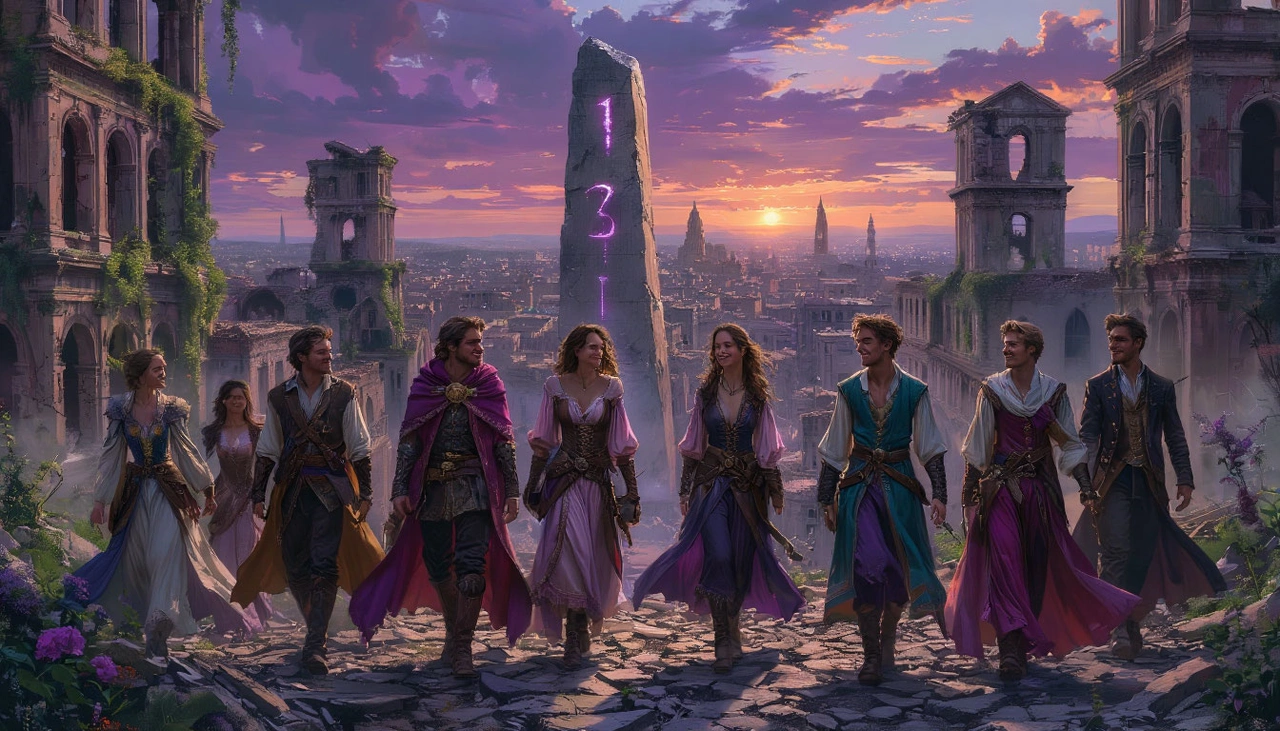
⚔️ Combat: Tradition Reinvented
Clair Obscur retains the iconic turn-based format of classic JRPGs, but with meaningful modern twists. Enemies are visible in the world — no random encounters — and engaging them first grants a tactical advantage. Battles shift to a dedicated arena, reminiscent of Final Fantasy X.
Each character has access to standard attacks, consumable items, and unique skills that consume Action Points (AP). A familiar system to fans of Honkai: Star Rail, but with more tactical variety. You can also manually aim to target weak points or break enemy shields.
What sets the game apart? A fully reactive defense system. Borrowing from Soulsborne and Super Mario RPG, players can dodge or parry enemy attacks in real time during quick-time moments. Dodge gives safety, parry opens counters. Mastering this system can, in theory, allow players to complete the game without taking damage — a challenge few will accept, but many will admire.
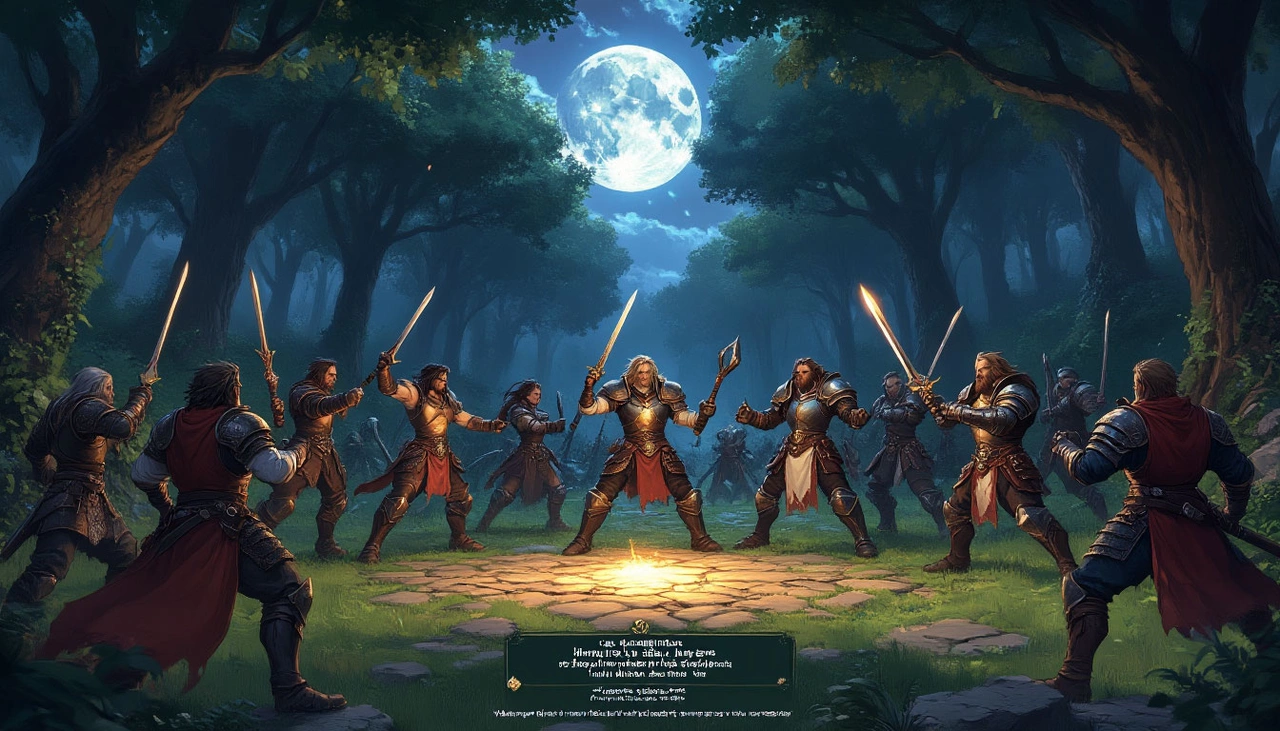
🧬 Stats, Builds, and Strategic Flexibility
Each hero's effectiveness is determined by core stats like Speed, Strength, Dexterity, Defense, and Luck. Upon leveling up, you assign points to shape your fighters — alongside skill points for unlocking new abilities. Stronger abilities can require up to 10 points to unlock.
You'll control up to six unique characters throughout the journey:
- Gustave, the one-armed inventor, uses a modular prosthetic that can deliver electric shocks or stuns, echoing Sekiro’s prosthetic arm.
- Luné, an elemental mage, blends fire, ice, earth, and lightning — using chain combos to amplify spells or heal allies.
- Maëlle, the duelist, changes between three stances: defensive, offensive, and virtuoso — the latter being all-in risk and reward.
- Ciel, drawing on sun and moon energy, marks enemies with “omens” then unleashes lunar devastation.
- Verso, a classic swordsman, becomes more powerful the longer he avoids damage — building up a Devil May Cry-style perfection rank.
- Monoko, the blue mage, absorbs skills from over 60 enemy types, enabling wild builds with buffs, debuffs, and elemental surprises.
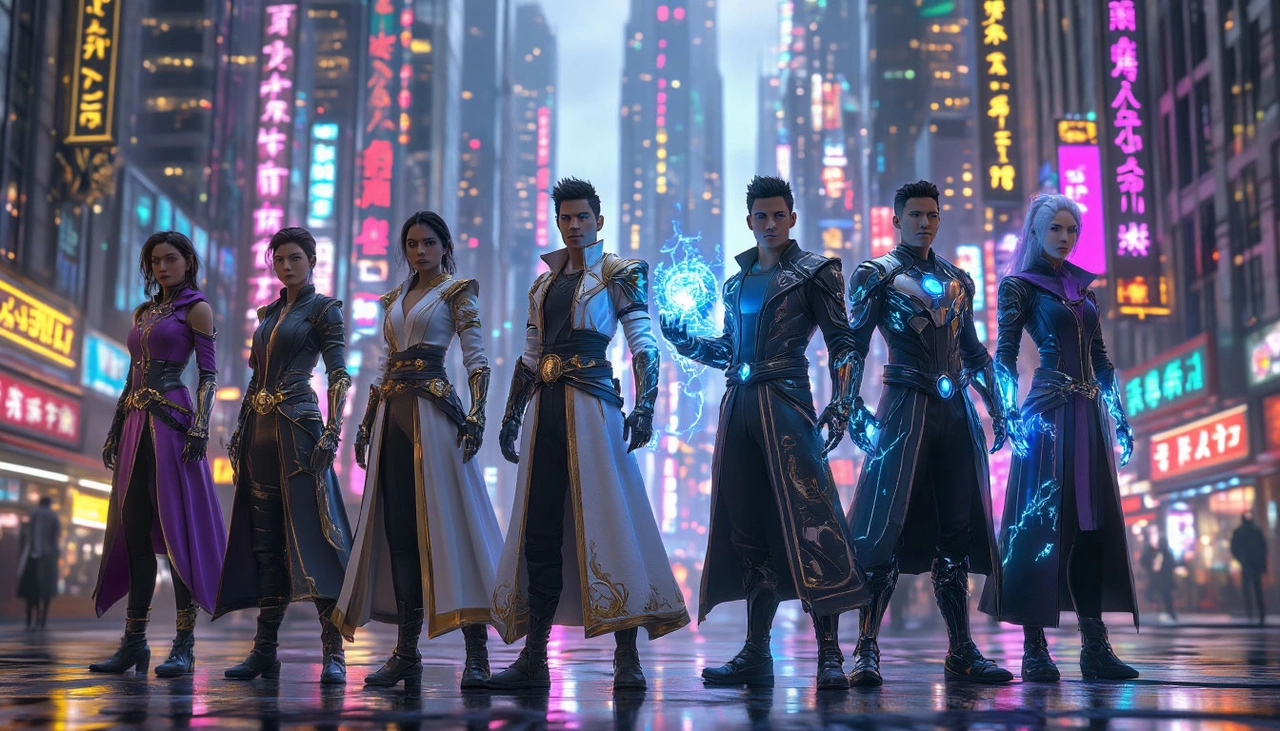
🔮 Class Crafting with Picthos and Lumins
What makes Clair Obscur so satisfying for theorycrafters is the depth of its character customization. Equipable relics called Picthos boost attributes and grant passive abilities called Lumins. After winning four battles, a Lumin becomes permanently usable by any party member.
By combining different Picthos, you can transform any character’s role: tank, support, damage-dealer, or even solo specialist. Buffs like pre-battle AP bonuses, HP regeneration, or automatic shielding give room for countless team strategies.
The game even introduces skills that only activate when a character is alone on the field. In the event of a full party wipe, a backup character enters — and with the right setup, can turn the tide solo with boosted stats and guaranteed crits.
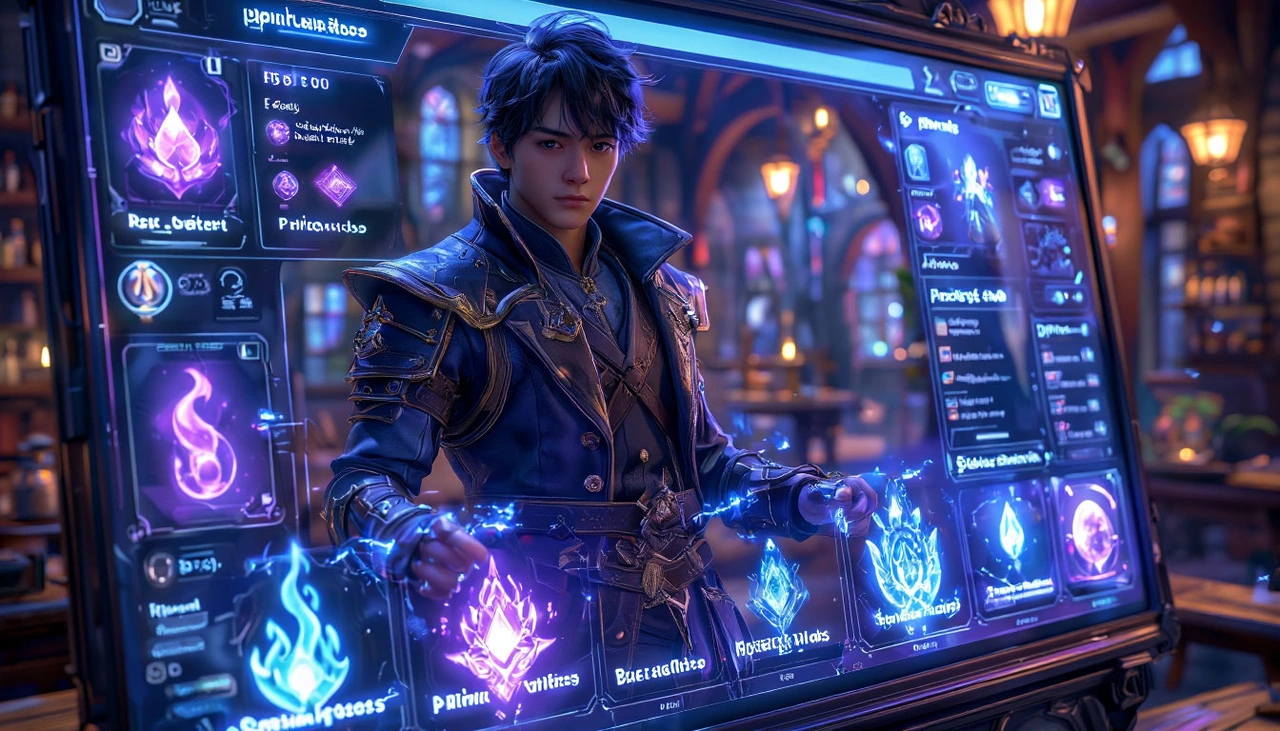
🌟 Clair: A Shining Accomplishment
Still, none of that overshadows the sheer brilliance of what this small team achieved. While not a revolutionary JRPG, Expedition 33 is something rarer: a refined one. A project built on love, dedication, and a clear creative vision. The combat shines. The story resonates. The soundtrack enchants.
It’s no surprise players who usually avoid the genre fell in love with it.
In a sea of blockbuster games, Clair Obscur: Expedition 33 reminds us that sometimes, true magic comes from the quiet passion of a few — painting their dream one frame at a time.
So, we've talked about my plans and expectations — now it’s time to share what I’ve actually managed to play through. Buckle up, because we’re diving into the epic saga of my gaming milestones this year.
🧙♂️ The Chosen One — My Path to Divinity
I began this year with something I had long avoided: the Divinity: Original Sin duology. Despite its glowing reputation, I always felt these games weren't my thing. The gameplay videos, the UI — nothing pulled me in. But after 300 hours in Baldur’s Gate 3, crafted by the same developers, Larian Studios, I changed my mind.
BG3 impressed me with its character depth, flexible builds, and cinematic combat. Though the story left some gaps (especially after I found out some parts were cut), the voice acting and overall immersion were unforgettable. That trust in Larian led me straight to Divinity: Original Sin.
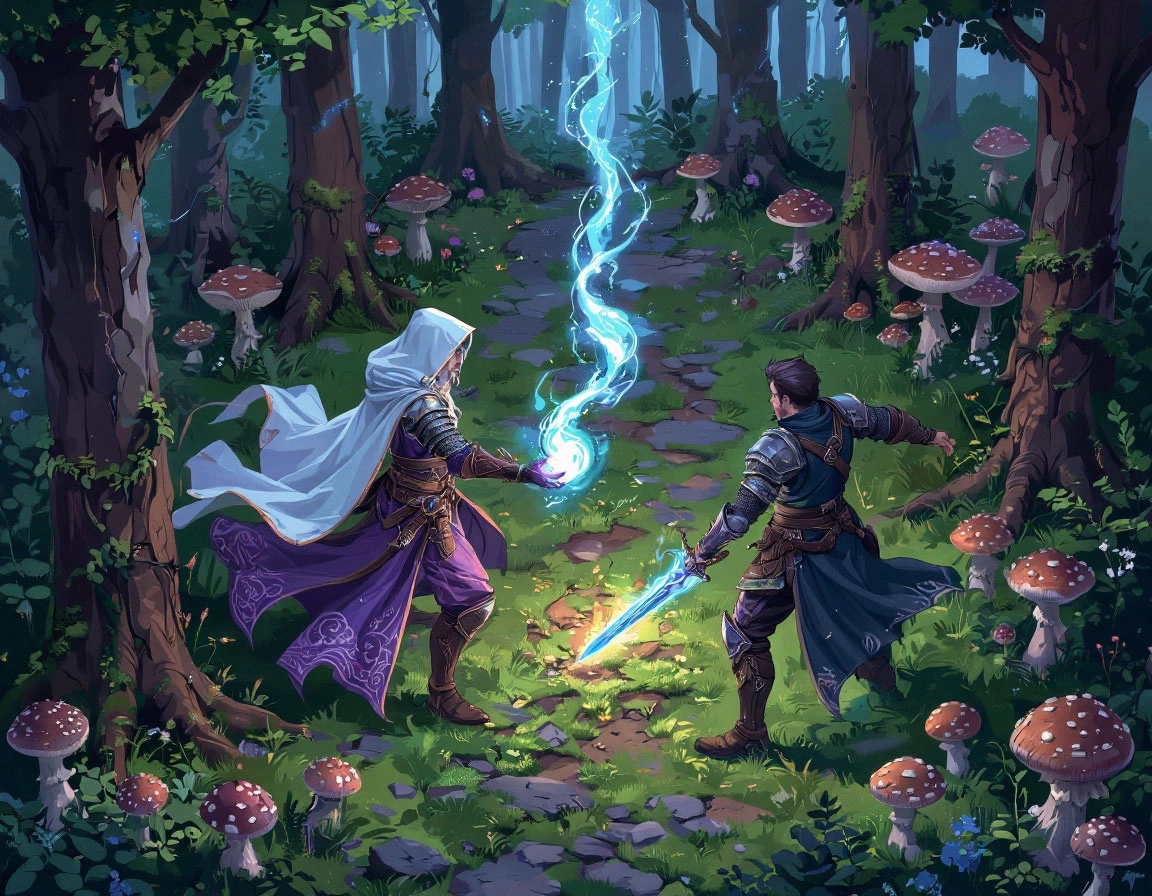
🔥 Divinity: Original Sin — 70 Hours of Tactical Chaos
I played the first game in co-op, using a mage/warrior combo, while my friend ran a mage/archer. Surprisingly, melee attacks felt more effective than elemental magic for most of the game, especially against enemies who could one-shot you from a distance. The world is filled with class variety, gear, and a clever skillbook system where spells are learned by finding or buying books. However, the narrative structure threw me off at first. You begin as a simple detective and end up... saving the world. A wild leap in career trajectory.
Quests don't hold your hand, which is refreshing. There are no generic fetch quests — instead, you're solving mysteries, unlocking secret rooms behind paintings, or puzzling over button sequences to open hidden doors. Sometimes, failing to protect a key NPC in a fight can permanently block quest progression. Brutal but immersive. One of the quirkiest quests involved passing a necromancy exam given by a talking skeleton — I failed due to a mix of missing books and logic that didn’t align with the undead examiner’s. Another favorite? A lonely troll who missed his storyteller friend, and we had to convince a barmaid to visit him.
Boss fights truly shine. Each encounter has unique mechanics, like an ice elemental that changes its attack element every few turns, requiring serious adaptation from the party. Despite its aging visuals and a few bugs — including random unequipped gear mid-battle or inaccurate health bars — the game’s systems are deep and rewarding. A solid 4.5/5.
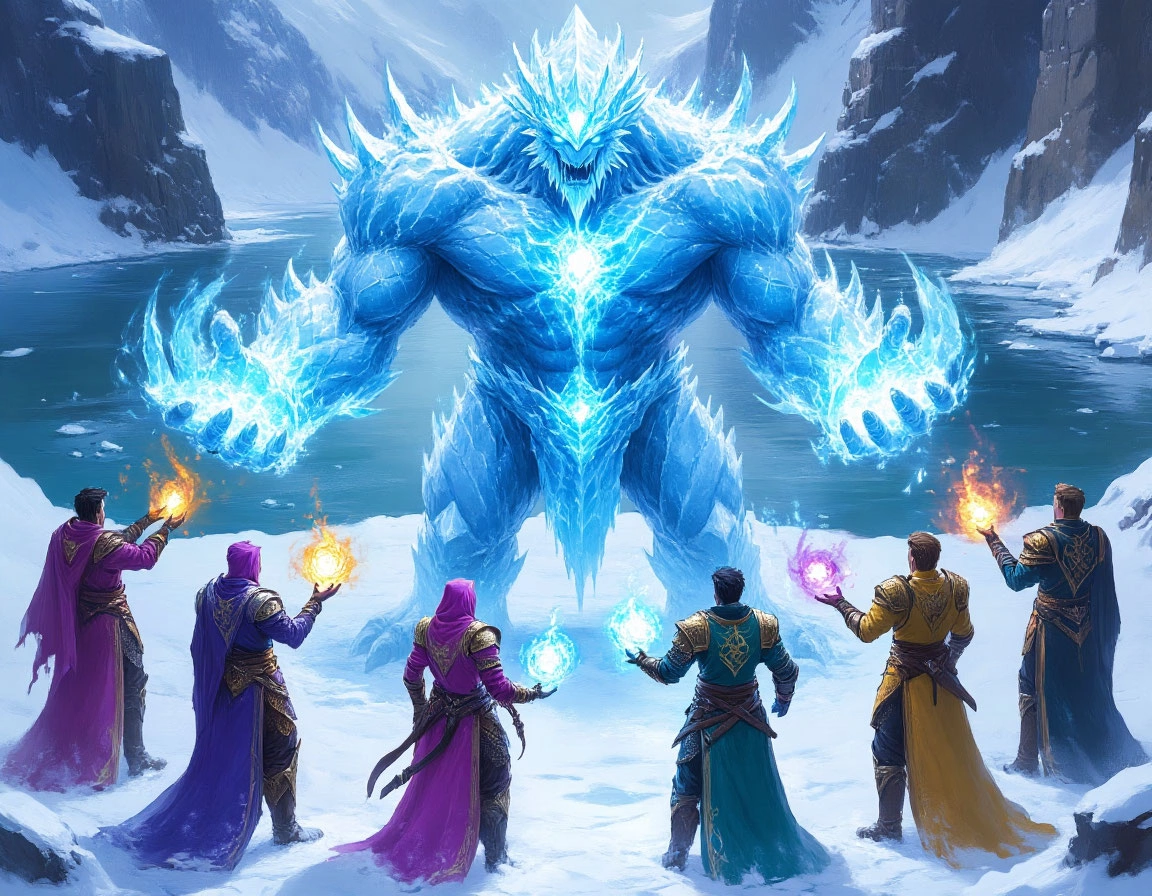
🧝♂️ Divinity: Original Sin II — A Worthy Sequel (74 Hours In)
Fresh off the first game, we jumped into part two with new builds: I kept my mage, but the warrior now used summoning and metamorph skills. Summons adapt their element based on the ground — a cool upgrade. Movement was faster, and the graphics were finally eye-pleasing.
Story-wise, you’re once again tasked with ascending to godhood, racing against other Chosen Ones backed by different deities. All choices lead to only one divine victor — though positive party relations let your allies remain in your retinue. Quests retained the complexity, but were more manageable. Gone were the insane button puzzles. The writing retained Larian’s trademark humor — like choosing sides between a dog and a cat who both believed their owner loved them more. Spoiler: saying “equally” wasn’t an option.
However, the sheer volume of quests got chaotic. I often resolved a quest without realizing it, only to get the reward hours later from a random NPC. This narrative jumble made it hard to follow some plotlines. Gameplay-wise, the core remained, but now featured “memory slots” limiting how many skills you could equip. More powerful ones used 2–3 slots. A new resource, Source Points, enabled stronger abilities and was replenished via special teachers or by absorbing it from enemies — and vice versa. A major change was the armor system: characters now have physical and magical armor that blocks status effects. If you try to stun someone with magic while they still have magical armor — nothing happens. Only when it’s gone do debuffs apply. Smart, but adds another tactical layer. Sadly, the dialogue system got simplified. Gone were the fun rock-paper-scissors showdowns from part one. Now, it’s based on persuasion stats — like Fallout 4. Disappointing.
The AI improved, targeting active threats instead of stunned allies, and flanking lone characters. Still, crafting remained underwhelming — too weak by mid-game, when better loot drops naturally. And yes, the bugs returned. Missing gear mid-battle? Check. Server issues that delayed my co-op sessions for 20 minutes at a time? Also check. Magically, it fixed itself 30 hours later. Classic.
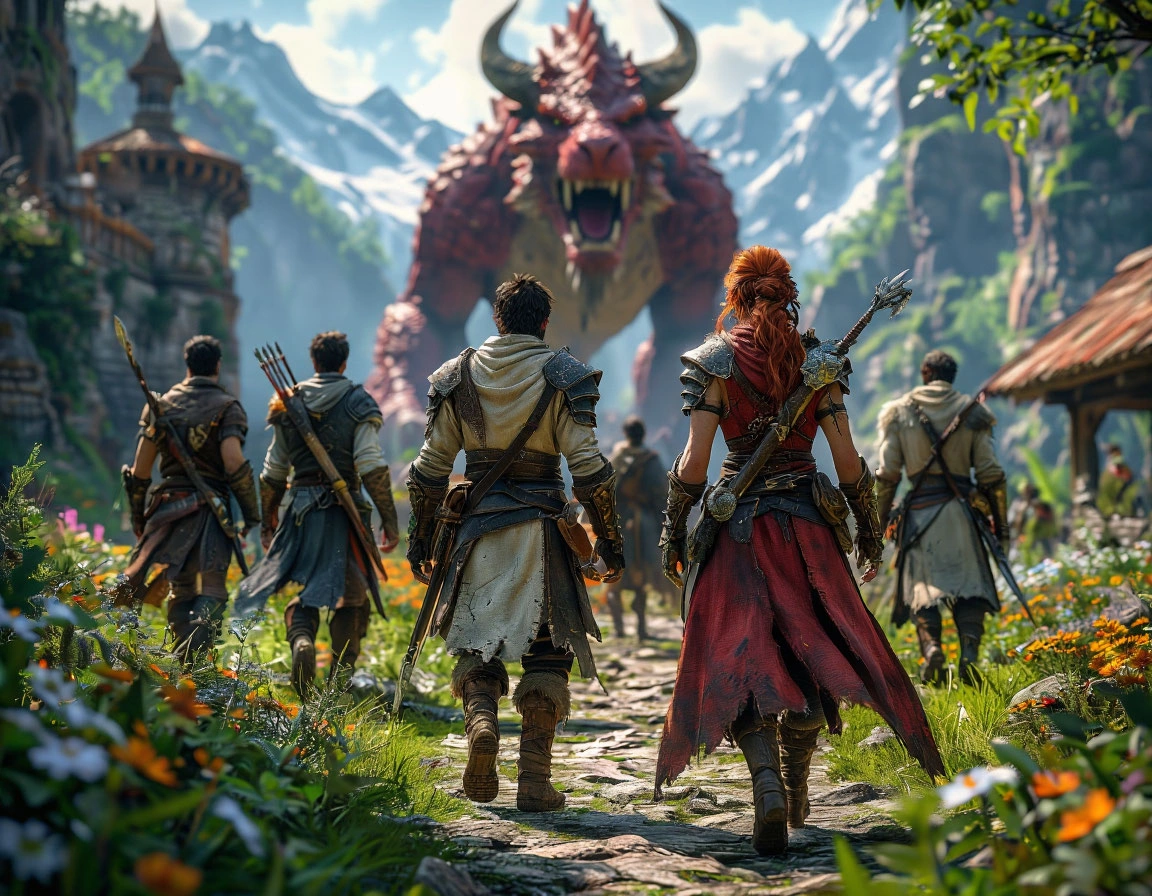
🌟 Final Verdict
Both games delivered complex, rewarding RPG experiences. I loved the challenging quests, unique fights, and the co-op storytelling — even with bugs and a few mechanical missteps.
Rating: 4.5/5 for both titles.
Absolutely worth playing. And yes, I’m counting the days until Larian announces Divinity III.
The new gaming year is in full swing, and I’ve finally set my goals. Each year, I try to combine brand-new releases with long-postponed classics. My typical target is around 12–15 games annually, alternating between story-rich epics, tough-as-nails challenges, and a few cozy co-op sessions with friends. Here's what I plan to conquer in 2025.
🌀 Alan Wake II — The Writer’s Return
Genre: Psychological Horror | Studio: Remedy Entertainment
I’ve waited years for this. Ever since the eerie tale of Alan Wake first unfolded in Bright Falls, I’ve been hoping to return. Remedy's narrative-driven design and mysterious storytelling are exactly my kind of thing. I'm especially intrigued to see whether there’ll be links to Control and the shared universe that Remedy has been teasing. The surreal darkness, cryptic clues, and storytelling through gameplay — I’m ready to lose myself in it.

🧙 Divinity: Original Sin I & II — A Tactical Journey
Genre: Tactical RPG | Studio: Larian Studios
These legendary CRPGs have been calling my name for years, and now it’s time to answer. After falling in love with Baldur’s Gate 3 in 2024, I realized I needed more of that Larian magic. The freedom of choice, the turn-based combat, and the absolutely chaotic options (yes, throwing gnomes included!) make me eager to see where Divinity started. It's more than just playing — it’s discovering what could happen.

🗡️ Elden Ring: Shadow of the Erdtree — The Test Awaits
Genre: Action RPG (Soulslike) | Studio: FromSoftware
If base Elden Ring was the journey, then this DLC is the exam. I held off on jumping in right away — not because of fear, but because I wanted to be ready. Now that the initial chaos has passed, I’m mentally prepped for whatever nightmare Miyazaki has waiting. Based on what I’ve heard, it’s not just more of the same. It's harder, deeper, and more cryptic. And that’s exactly what I want.
🎭 Split Fiction — Co-Op with a Twist
Genre: Cooperative Adventure | Studio: Hazelight
Coming from the creators of It Takes Two, Split Fiction looks like another masterpiece of cooperative storytelling. These games are always best experienced with a friend, offering puzzles, story depth, and moments of sheer chaos. Sadly, the lack of Russian subtitles may delay my playthrough, but I’m hopeful that fan translations or updates will allow more players to enjoy this adventure in their native tongue.
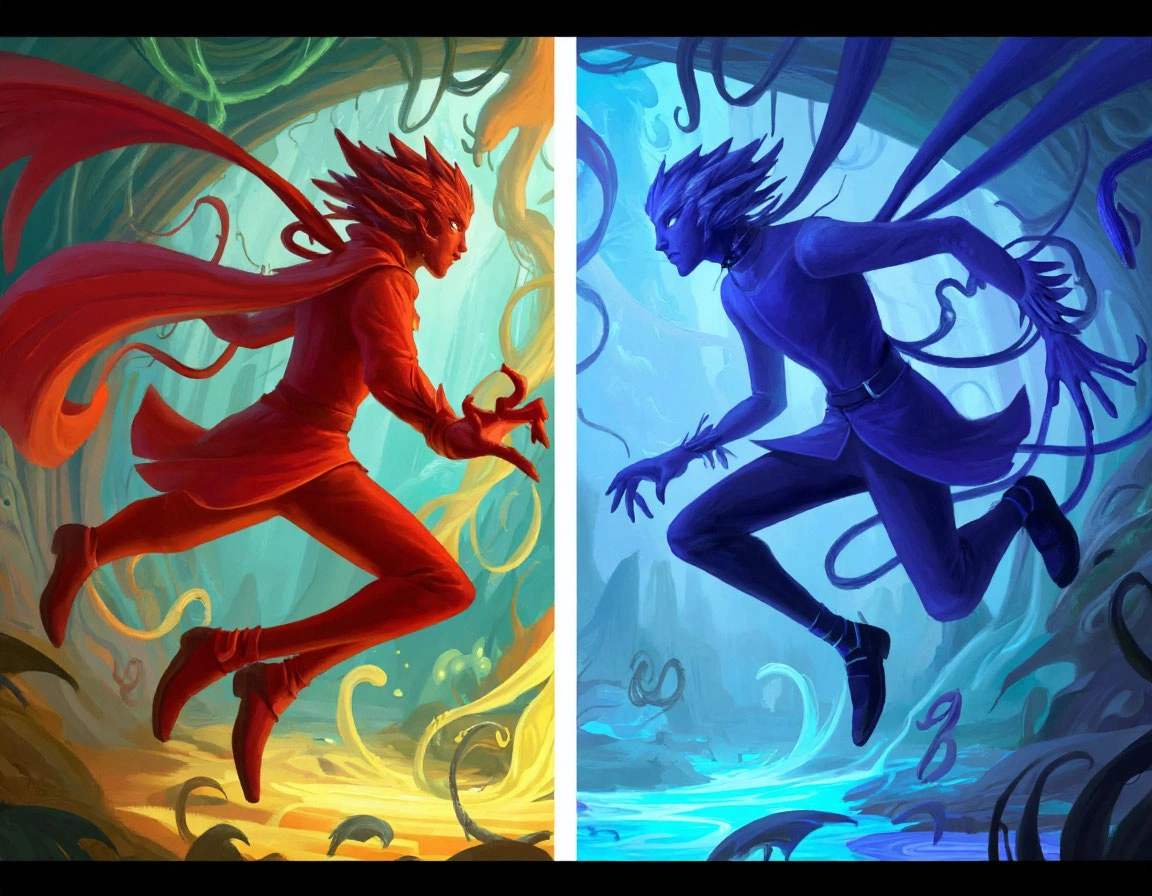
🕯️ Little Nightmares III — A Wordless Wonder
Genre: Puzzle Platformer | Studio: Supermassive Games
Few games can tell so much with so little. Little Nightmares creates horror not with gore, but with mood. This third installment adds co-op, which is an intriguing shift. I love slow, thoughtful puzzle games with someone by my side, so this title is perfect for cozy gaming nights. Here's hoping the style and mystery remain intact with the new studio behind it.
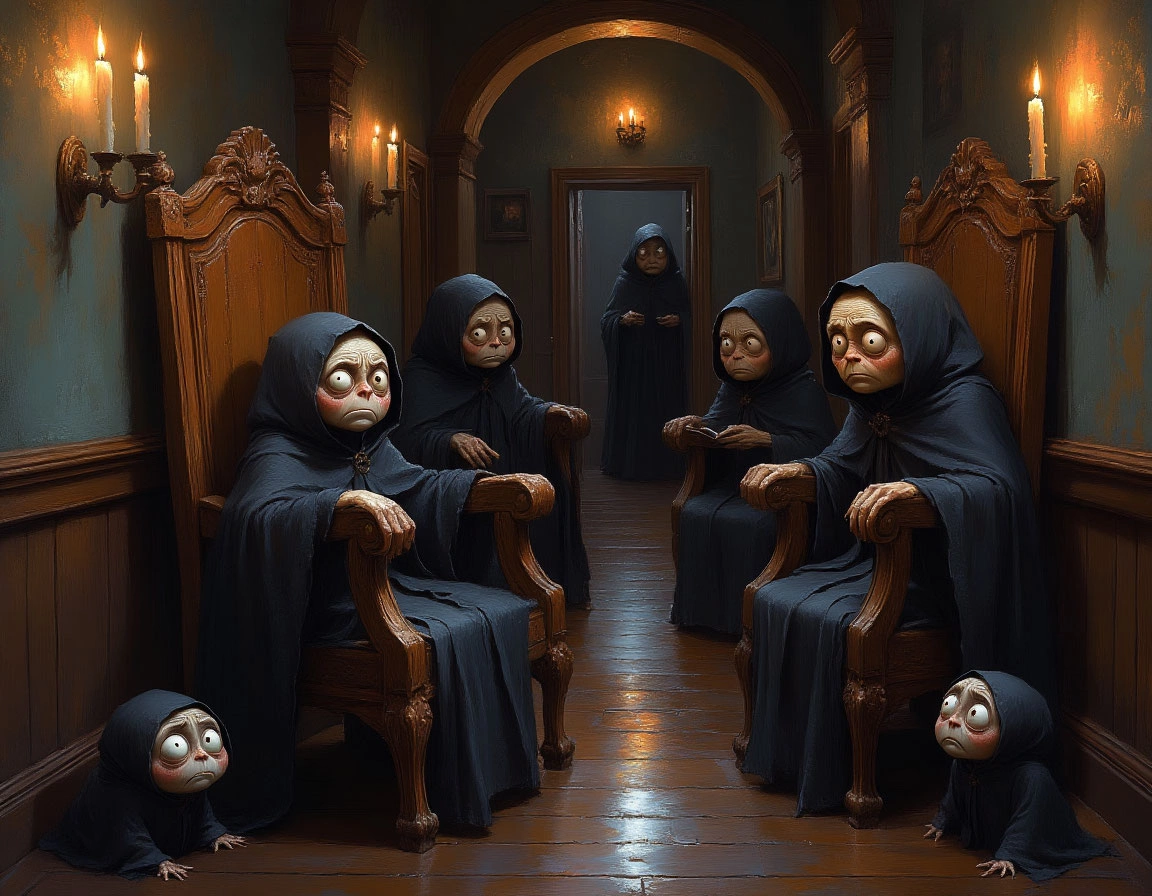
🌑 Elden Ring: Nightreign — Shadows Rise
Genre: Soulslike Battle Royale Hybrid | Studio: FromSoftware
This rumored expansion (or sequel?) is high on my wishlist. A blend of Soulslike difficulty and battle royale chaos? I’m in — even if it means coordinating with two friends for co-op, which isn’t always easy. Still, the allure of new bosses, twisted lore, and massive, dynamic combat arenas makes this an unmissable release if it hits in 2025.
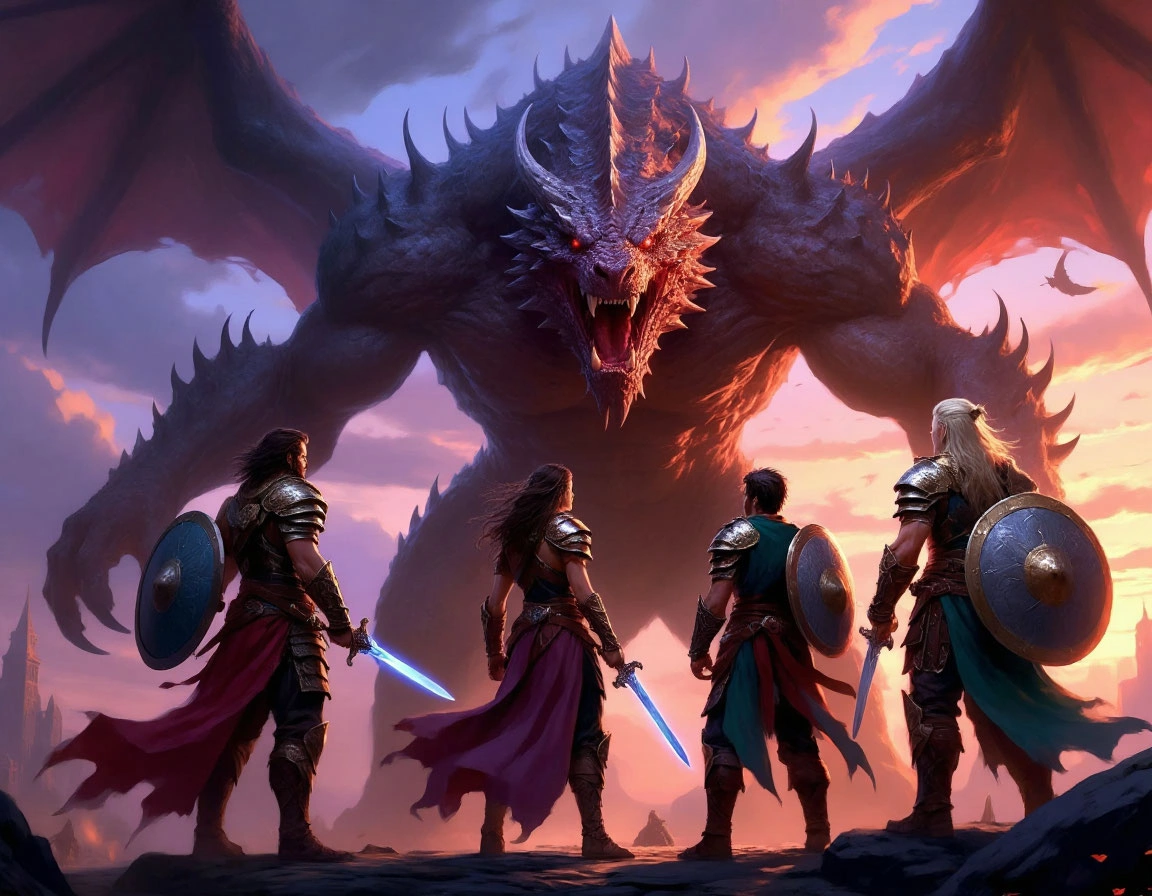
This is only the beginning. A few titles are still on the horizon, and my wishlist will likely grow. But if I can check off these games, I’ll consider 2025 a gaming year well spent.
More updates — and thoughts on the games I finish — to follow soon. Stay tuned! 🎮
🎯 What to Expect from This Blog
Gaming for me isn't just a hobby — it's a rhythm, a ritual, a source of joy. Every year I play around 12–15 new titles while returning to my all-time favorites. Some games are for the challenge, some for the story, and some — like Civilization VI — for those endless nights with friends in co-op mode. In this post, I’ll focus on the games I’m most hyped about in 2025. In future entries, I’ll share reviews of what I’ve actually played.
🏛️ Sid Meier’s Civilization VII
The legacy continues — will VII live up to its roots? My journey with Civilization started on the original PlayStation. At the time, I barely understood the mechanics, but commanding armies and watching cities grow was enough to hook me. Now, with over 500 hours in Civ VI, this franchise remains close to my heart. Civilization VII is rumored to blend elements of Civ VI with Humankind — a fusion that has potential to redefine the genre.
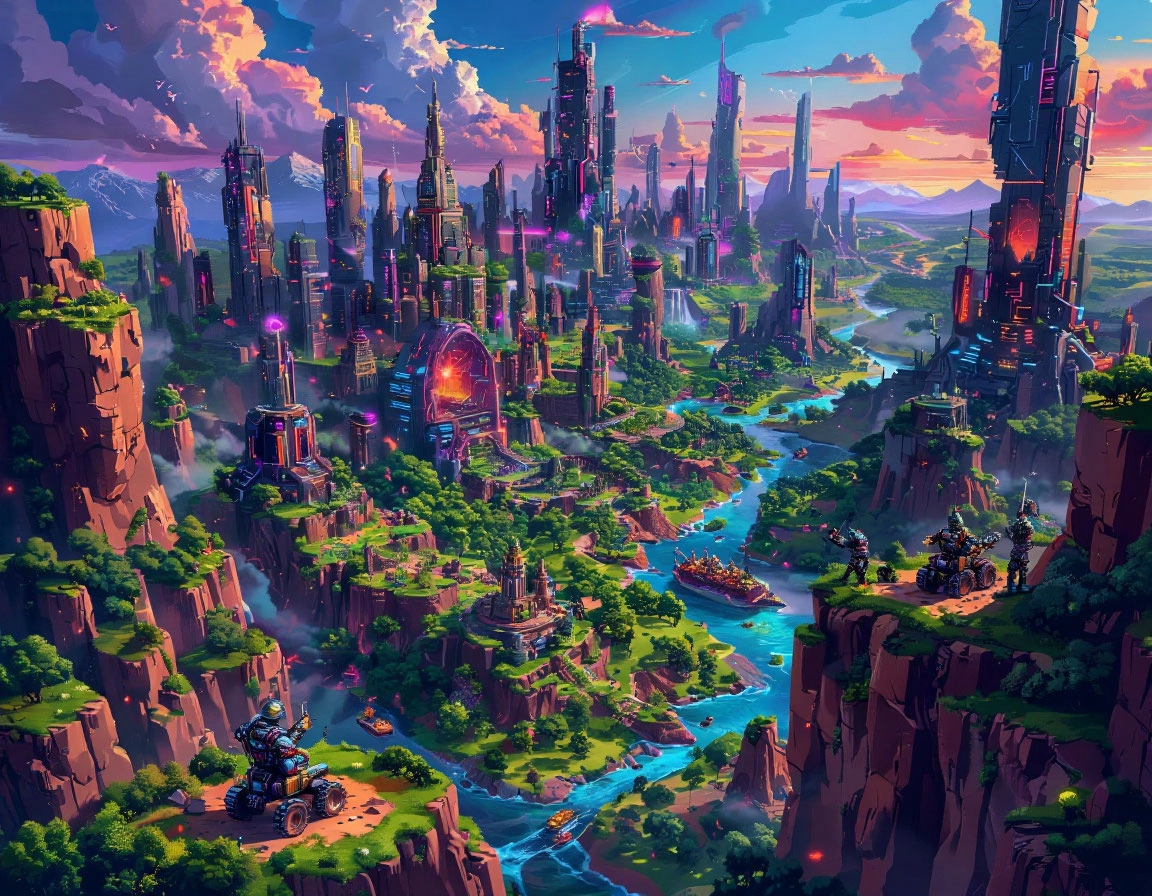
🐉 Monster Hunter Wilds
Gear up for the hunt — again. I fell in love with the series after World. Hundreds of hours, countless builds, and endless hunts later, it’s still one of my favorite co-op experiences. I’m currently finishing Rise, and Wilds is next in line. Its expansive ecosystems, intricate combat, and vast gear customization promise a truly immersive monster-hunting adventure.
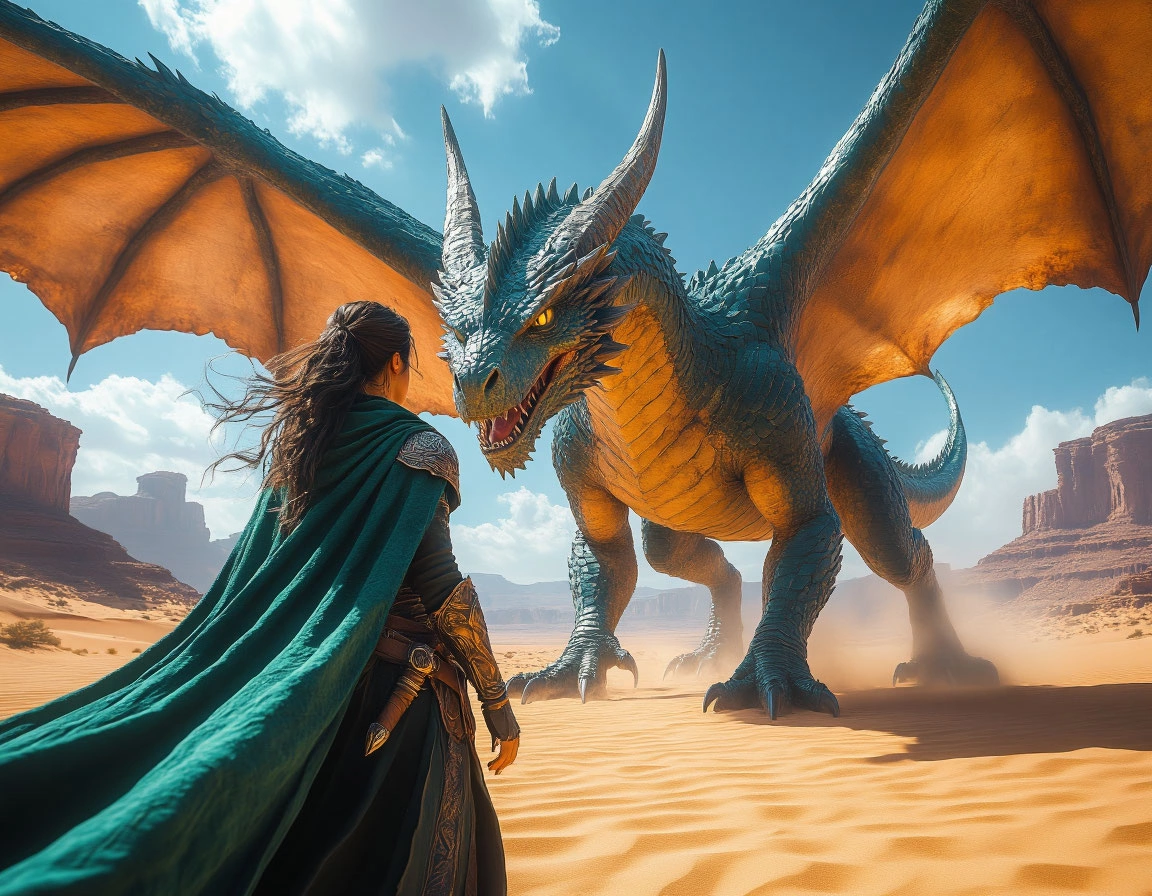
✨ Split Fiction
From the creators of It Takes Two — and I can’t wait. If you’ve played A Way Out or It Takes Two, you know Hazelight Studios delivers one-of-a-kind co-op storytelling. Split Fiction dives into imaginative worlds created by the characters themselves. It’s interactive, collaborative, and emotionally rich. I’m counting down the days to play this one with a close friend.
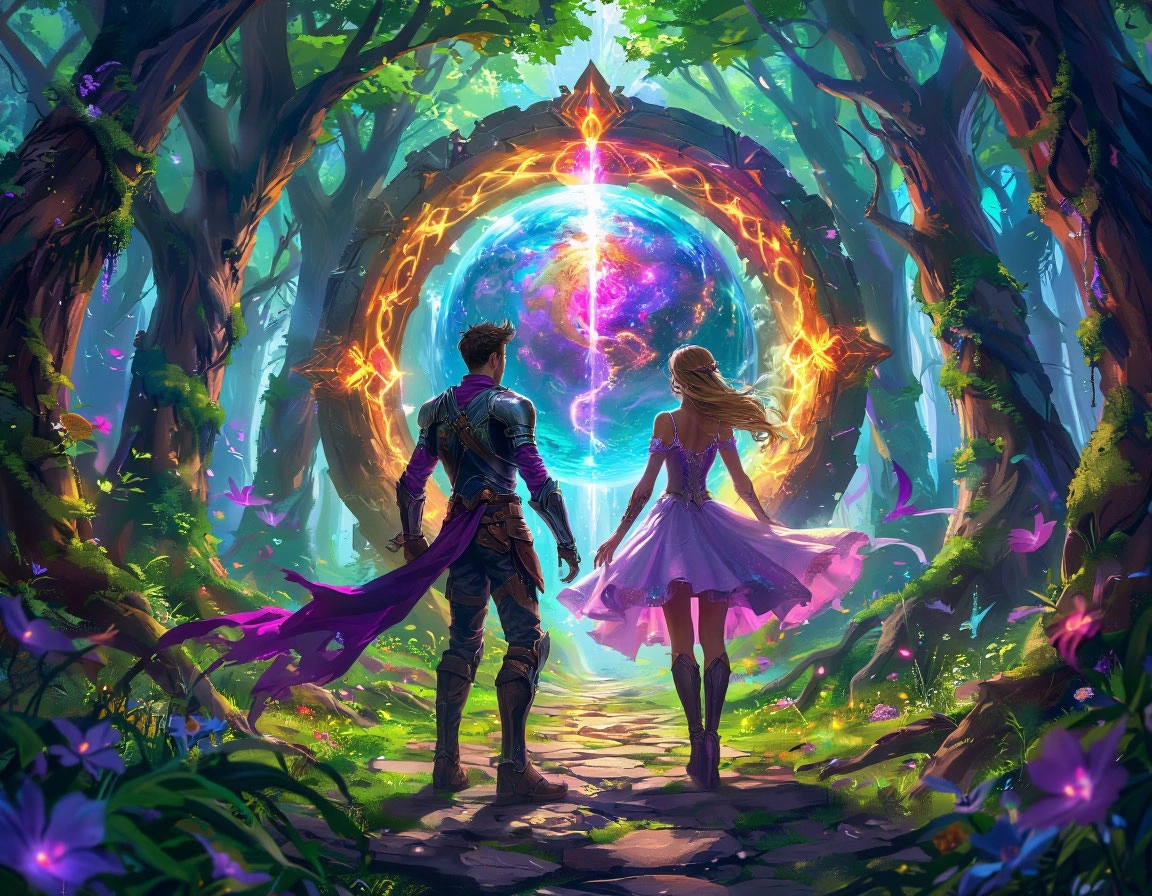
🦴 Lies of P: DLC
Back to the haunting beauty of Krat. The original Lies of P was a brilliant reimagining of the Pinocchio tale with Soulslike elements. I earned the platinum and still want more. The DLC promises new horrors, deeper lore, and more brutal combat. If you missed the original — now’s your chance.
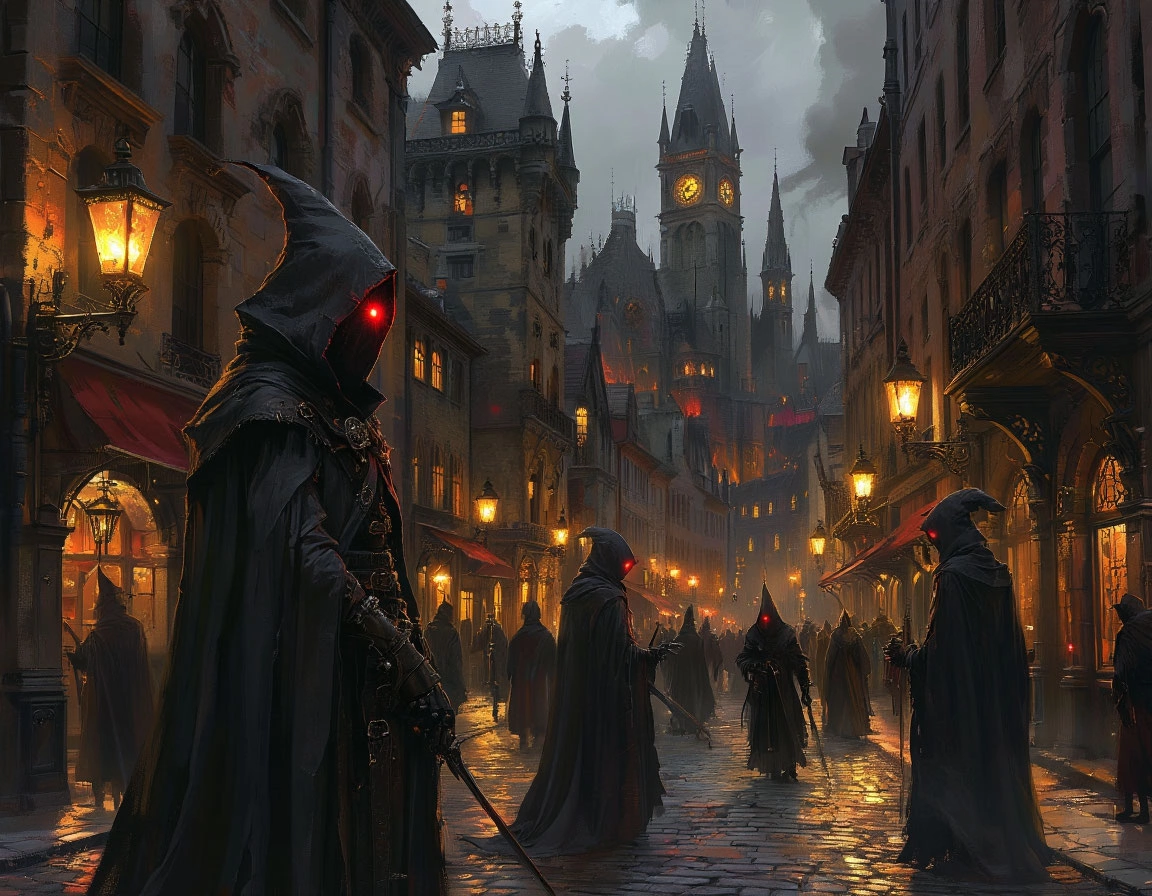
🚀 Directive 8020
Next stop: horror in space. The Dark Pictures Anthology has always fascinated me, especially Little Hope. Directive 8020 brings that tension into space, where isolation and mystery thrive. I’m expecting tough choices, terrifying consequences, and plenty of replay value.

🧟 Dying Light: The Beast
Parkour, panic, and post-apocalypse. Kyle Crane returns in what may be one of the most anticipated zombie sequels in years. I loved the first Dying Light for its parkour and gritty survival atmosphere. While the plot wasn’t its strongest suit, the thrill of nighttime chases more than made up for it. Curious to see where they take Crane after the dramatic ending of The Following.
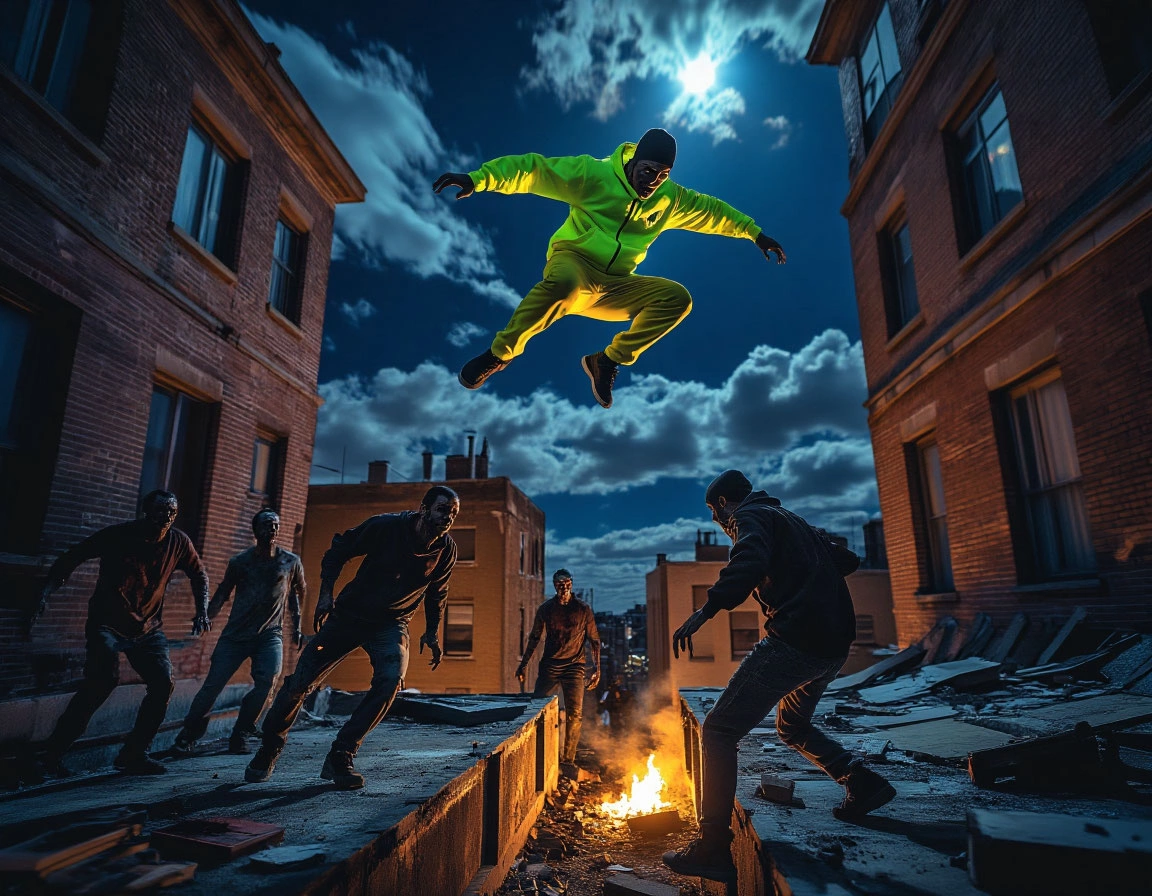
🌙 Elden Ring: Nightreign
Miyazaki does it again. An unexpected gift — a new Souls experience with battle royale twists? Sign me up. I’m eager to see how Nightreign balances the traditional FromSoftware difficulty with new multiplayer elements. Bonus: we’ll meet familiar bosses in new forms.
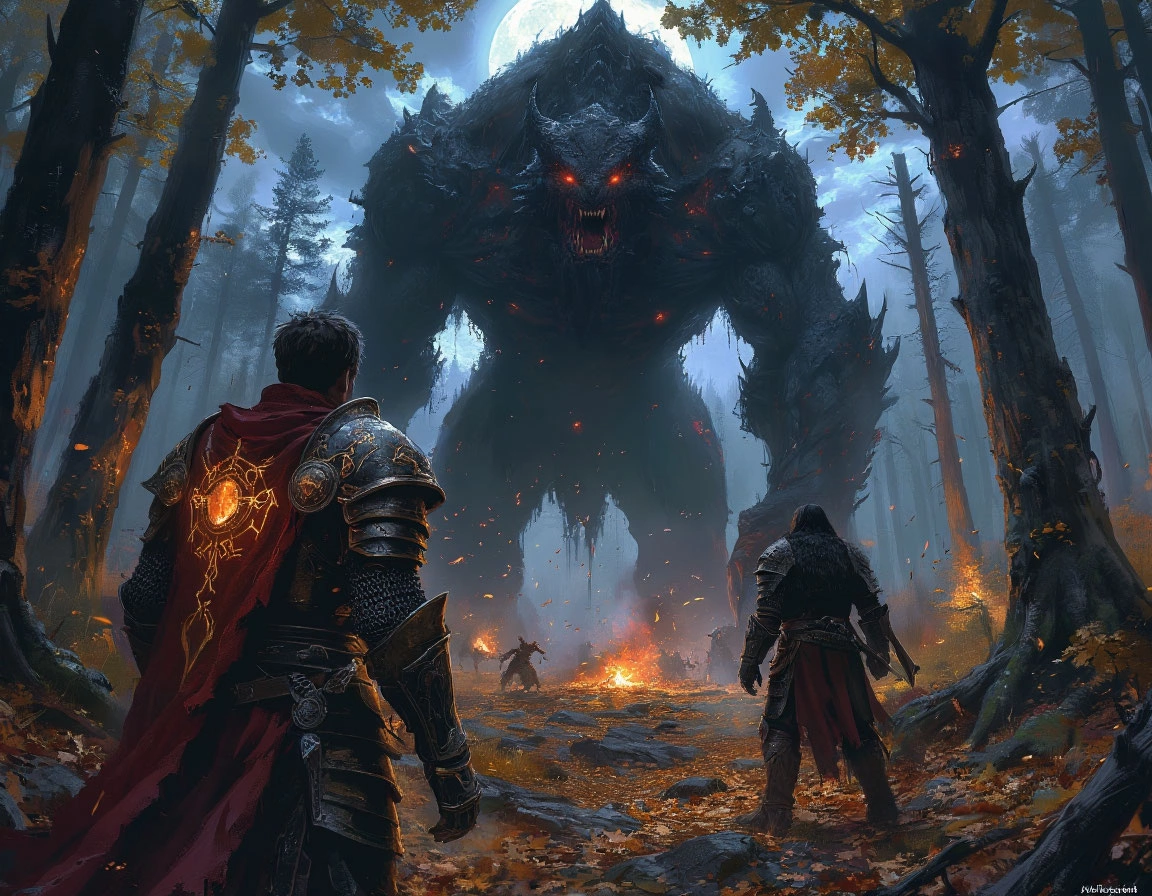
🛡️ Heroes of Might & Magic: Olden Era
Return to strategy’s golden age. I spent my childhood playing HoMM III. The newer entries never quite hit the same notes for me. So when I heard about Olden Era going back to its roots — classic mechanics, stunning 2D visuals, and turn-based mastery — I was thrilled.
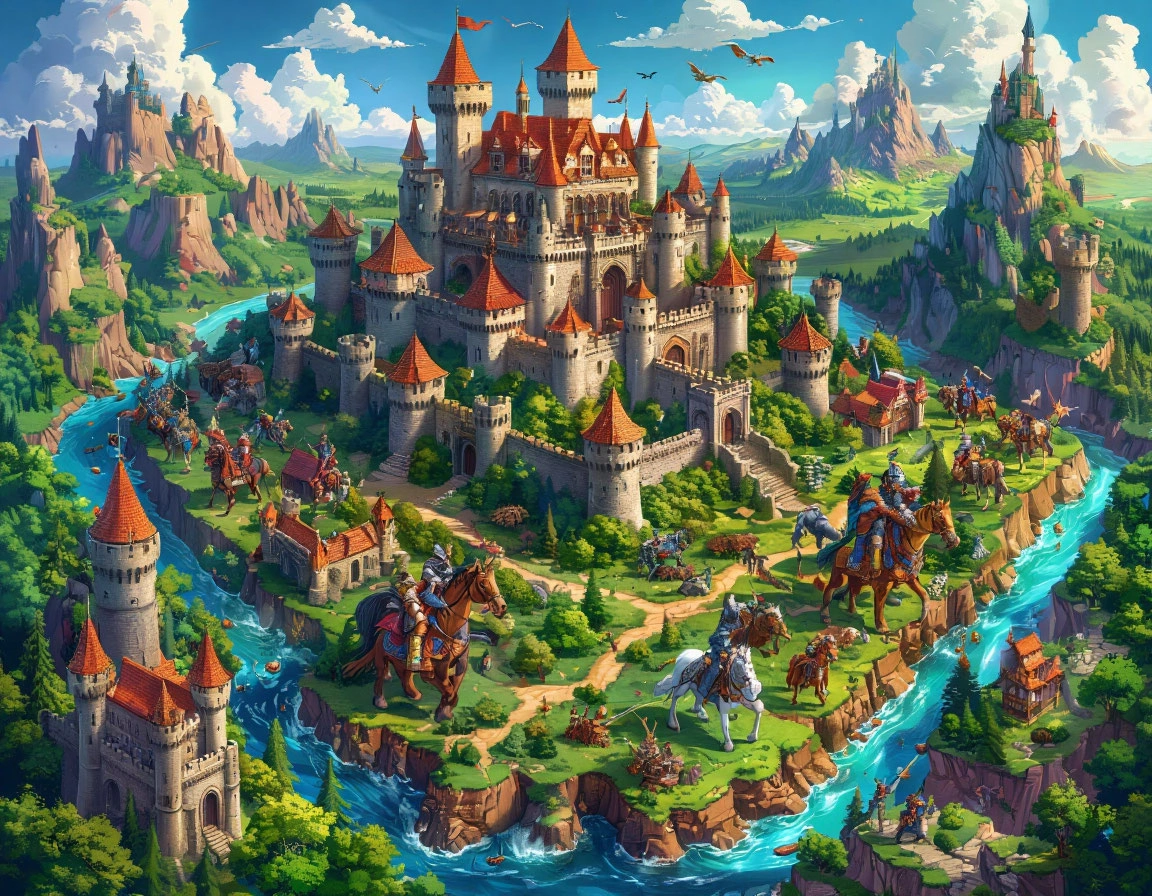
🎮 Wrapping Up
2025 promises a phenomenal lineup. Whether you’re into deep strategy, co-op narratives, survival horror, or massive MMOs — there’s something for everyone. My goal is to savor every experience and share my thoughts along the way. Let’s see where this year takes us!